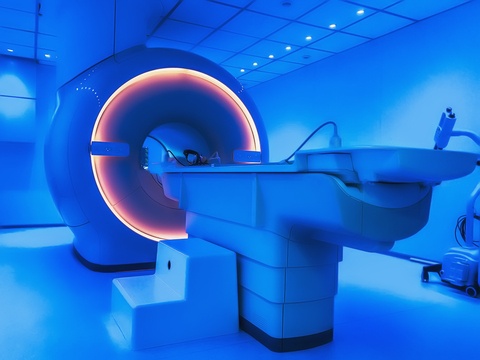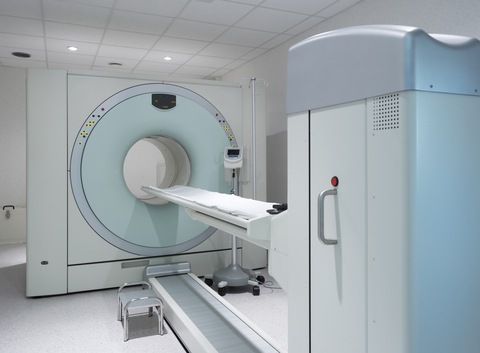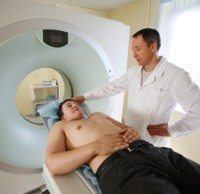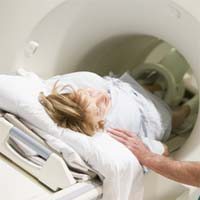MRI Imaging May Be Superior to CT for Pleural Mesothelioma Diagnosis and Staging
When it comes to diagnosing and monitoring treatment response in people with pleural mesothelioma, MRI imaging may be better than CT. That is the message from a new Italian study published in the online medical journal Cancers. RIght now, CT (computed tomography) is the most popular form of imaging for pleural mesothelioma. Cancer doctors use CT images to help diagnose mesothelioma. They also use it to see how widespread the cancer is and to find out if treatment is making a difference. But radiology researchers at Pisa University Hospital say MRI imaging has advantages over CT for people with the rare asbestos cancer. Mesothelioma Diagnosis and Prognosis Malignant pleural mesothelioma is the most serious of several health conditions linked to…




